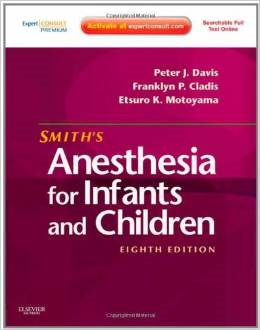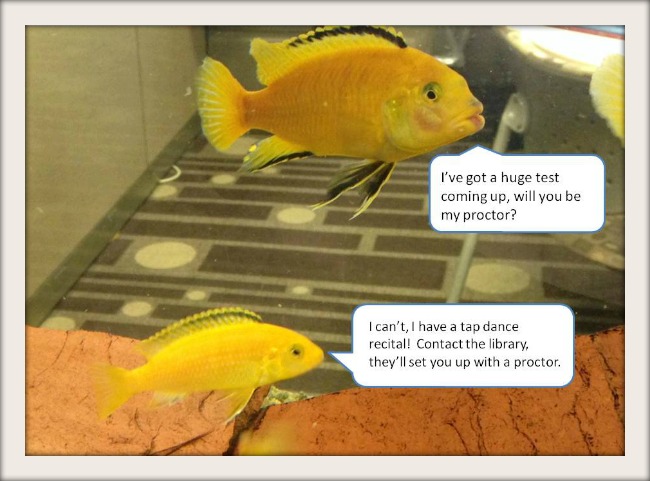 The 8th edition of Smith’s Anesthesia for Infants and Children has been added to the MSK Library collection. This latest edition delivers all the state-of-the-art guidance needed to provide optimal perioperative care for any type of pediatric surgery. The new edition includes:
The 8th edition of Smith’s Anesthesia for Infants and Children has been added to the MSK Library collection. This latest edition delivers all the state-of-the-art guidance needed to provide optimal perioperative care for any type of pediatric surgery. The new edition includes:
- Expert guidance from leading experts covering both basic science and clinical practice for every aspect of pediatric anesthesia.
- Quick-reference appendices: drug dosages, growth curves, normal values for pulmonary function tests, and a listing of common and uncommon syndromes.
- New chapters on ICU management, conjoined twins, and basic neonatal physiology, plus new coverage of pharmacology and monitoring techniques.
- Outstanding visual guidance with full-color illustrations throughout the book.
This resource can be accessed in our eBook A-Z listing or by searching MSK Search.
